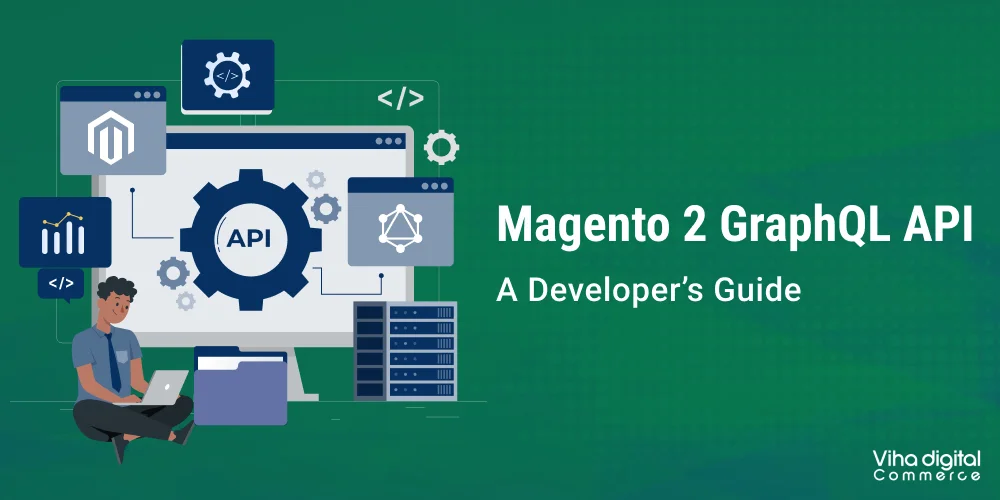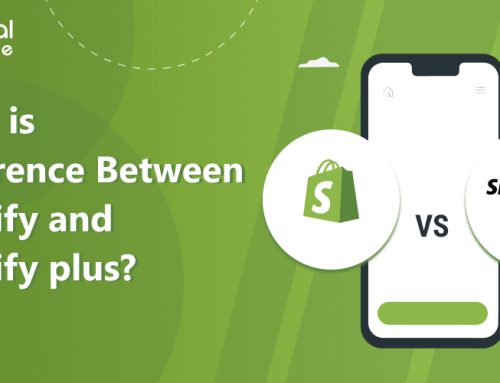
A Comprehensive Guide to Magento to Shopify Migration
Magento to Shopify Migration: Complete 2025 Guide, Cost, SEO Tips & Checklist
If you’re running an online store on Magento and thinking about moving to Shopify — you’re not alone. Many ecommerce businesses are switching platforms in 2025. The reasons? Better performance, simpler management, lower costs, and built-in SEO features.
This guide will show you how to migrate from Magento to Shopify smoothly, without losing your traffic, SEO rankings, or customer data. Let’s get started.
Why More Stores Are Moving from Magento to Shopify
Magento is powerful but complex. You need technical skills, hosting management, and constant updates. For many store owners, it’s expensive and time-consuming.
Shopify, on the other hand, is easy to use, fully hosted, and packed with features. It helps businesses save time, reduce costs, and improve site speed.
Key benefits of Shopify:
- No coding or server management needed
- Faster website performance
- Mobile-optimized themes
- Built-in security (SSL, PCI DSS compliant)
- Easier SEO management
- Access to a huge app store for marketing, sales, and shipping
That’s why more Magento store owners are making the switch.
Magento vs Shopify: Quick Comparison
| Feature | Magento | Shopify |
| Hosting | Self-hosted | Fully hosted |
| Ease of Use | Requires technical knowledge | Beginner-friendly |
| Security | Manual setup | Built-in SSL and PCI compliant |
| SEO Features | Advanced, complex setup | Built-in, user-friendly |
| Mobile Optimization | Depends on theme | Fully responsive |
| Maintenance Costs | High | Lower, fixed plans |
Verdict: If you want an easy-to-manage, reliable, and SEO-friendly platform, Shopify is the better choice in 2025.
Read More: Adobe Commerce V/S Shopify Plus
Step-by-Step: Magento to Shopify Migration Process
1️⃣ Pre-Migration Checklist
Before starting your migration:
- Back up your Magento store data
- List all products, categories, and customers
- Record current URLs for redirects
- Check your Magento SEO settings (titles, descriptions, URLs)
2️⃣ Data Migration
You can move data manually, with a Shopify migration app, or hire a migration service. Migrate:
- Products (titles, images, prices, SKUs)
- Customers and order history
- CMS pages and blog posts
- Metadata like titles and descriptions
Pro Tip: Test your data on a private Shopify store before going live.
3️⃣ Theme and Design Setup
Magento themes don’t work on Shopify. Choose a Shopify theme or build a custom one. Make sure it’s mobile-friendly and fast-loading.
4️⃣ Payment, Tax & Shipping Setup
Set up your payment gateways (Shopify Payments, PayPal), tax rates, and shipping zones inside Shopify.
5️⃣ SEO Migration
To protect your rankings:
- Create 301 redirects from Magento URLs to Shopify URLs
- Keep your URL structure as close as possible
- Migrate all meta titles, descriptions, and image alt tags
- Submit your new sitemap to Google Search Console
If done right, a Magento to Shopify SEO migration won’t hurt your rankings — it may even improve them.
Magento to Shopify Migration Timeline
How long will it take?
- Small store (up to 100 products): 5-7 days
- Medium store (100-1000 products): 7-15 days
- Large store (1000+ products): 15-30 days
This depends on how many products, customers, and apps you need to move.
Magento to Shopify Migration Cost in 2025
Your migration cost depends on:
- Number of products and customers
- Custom theme or template work
- App integrations
- Shopify plan selection
- Whether you hire migration experts
Typical costs:
- Basic store migration: $420 – $900 USD
- Advanced migration (with SEO, app setup, and custom theme): $900 – $1,200+ USD
Professional services are worth it to avoid data loss and SEO drops.
Common Magento to Shopify Migration Challenges
Moving your store can be tricky. Here’s how to avoid common problems:
✅ Data Loss: Always back up your Magento store and test your import first.
✅ Broken URLs and Ranking Drops: Use 301 redirects for all old links.
✅ App Compatibility: Plan your Shopify apps early — not all Magento apps have alternatives.
✅ Checkout and Payment Errors: Test transactions before launching.
Post-Migration Checklist
After migrating to Shopify:
- Test your checkout, payment, and shipping setup
- Check every product page, image, and SEO meta tag
- Make sure all redirects work
- Submit your new sitemap to Google
- Install SEO, analytics, and email marketing apps
- Monitor traffic, rankings, and sales daily for the first month
Pro SEO Tips for Magento to Shopify Migration
Protect and improve your SEO by:
- Matching Shopify URLs to old Magento URLs where possible
- Setting up 301 redirects for every old URL
- Keeping meta titles, descriptions, and image alt tags
- Transferring structured data (schema markup)
- Using SEO tools like Smart SEO or SEO Manager on Shopify
Bonus Tip: Offer a downloadable migration checklist PDF on your blog to capture leads.
FAQs: Magento to Shopify Migration
- Is it difficult to migrate Magento to Shopify?
No, not with a proper plan. You can move it yourself, use a migration app, or hire Shopify migration services. - Will I lose my Google rankings after migration?
Not if you handle SEO carefully. Set up redirects, migrate meta tags, and submit your sitemap. - How much does Magento to Shopify migration cost in 2025?
Between $420 to $1,200+ USD, depending on your store size, number of products, custom theme requirements, SEO setup, and additional app integrations.
- How long does it take to migrate?
5–30 days, depending on how big your store is. - Can I use my Magento theme on Shopify?
No. You’ll need a new Shopify theme, but you can recreate your store’s look and feel.
Final Thoughts
A Magento to Shopify migration can simplify your business, improve your site speed, and boost your SEO — but only if it’s done right. With a clear plan, careful data migration, and solid SEO management, you can move your store safely.
If you’re ready to make the switch, contact our team for a free migration consultation today. We’ll help you move your ecommerce store without losing data or rankings.
editor's pick
Harnessing the Power of Magento 2 GraphQL API: A Developer’s Guide
In the dynamic world of e-commerce, efficient and flexible [...]
Unlocking the Potential of Magento 2 B2B: A Comprehensive Guide
In the world of B2B e-commerce, having a robust, [...]
Viha Digital Commerce Gets Recognized as Clutch Global Leader for Spring 2024!
It is a privilege for Viha Digital Commerce to be named [...]







